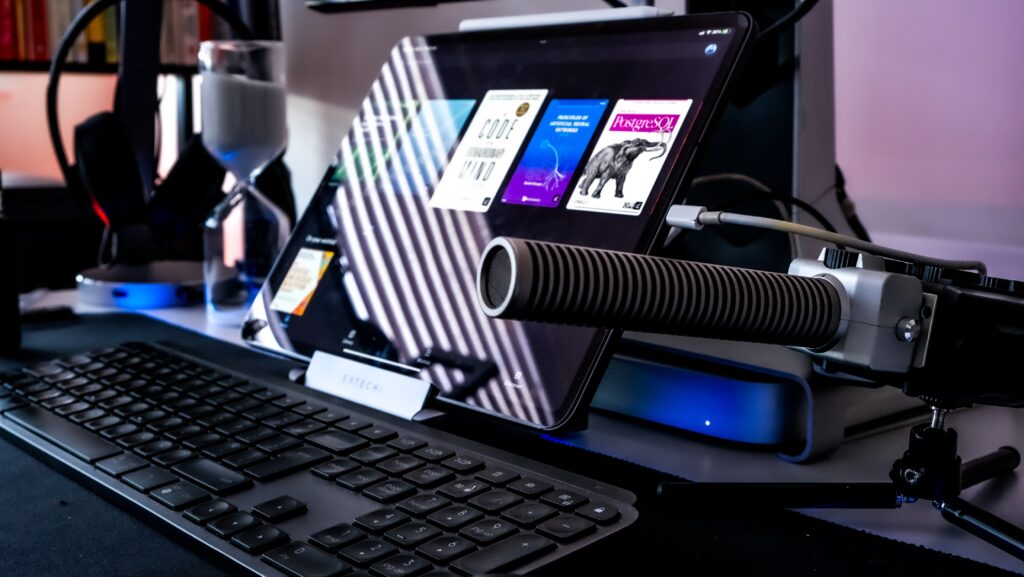Think about the last time you watched a video on your smartphone or tablet when you were away from home. Did you have the audio on? Probably not. This is where Open Captioning comes into play.
A study by Verizon Media and Publicis Media found as more consumers watch video on-the-go, and in public, the audio is becoming secondary.
So, after you’ve put your heart and soul into your latest video masterpiece, and before you upload it, you may want to consider adding open captioning.
We’re watching video, but nobody is listening
According to this particular study:
- 69% of people view video with the sound off when in public places. Only 25% watch it with sound off when not in public.
- 80% of consumers are more likely to watch an entire video when captions are available.
- 50% of consumers say captions are important because they can then watch video with the sound off.
Meeting the needs of today’s viewing audience may just mean assuming that sound isn’t heard regularly. But, if the key is to get your video watched and understood, opening captioning can help break through the silence.
What open captioning do for you
Open captions have the same function as closed captions, but instead of being optional, they are ‘burned on’ to the video. They are always visible to all viewers whereas you turn on and off closed captions.
It’s best to use open captions where you expect videos will get watched without sound, particularly on social media.
Adding open captions to your video content can boost it in many ways. They’re also easy to use because they don’t need special functions for media players or streaming platforms to work. They’re even the perfect back-up if you are uploading to a platform that doesn’t have closed captioning functionality.
Open captions give you an easy option to ensure anyone who turns the volume down gets your message. They don’t require the viewer to turn on the caption functionality either. You’re also improving accessibility in an easy, and automatic way, enabling audiences who are deaf, hard-of-hearing and have English as a second language to consume your content.
As an added bonus, you have the option to stylize your captions ahead of time. This means you can choose the font, color, and size for your captions before embedding them in the video. You don’t have to use captions that look like everyone else.
A few things to think about
Open captions can help remedy a major issue with video viewing — getting your message across. But, because they get embedded directly into the video stream, it’s impossible for viewers to turn them off if they don’t want them. You may lose a few watchers because of this, but the accessibility far outweighs their annoyance.
It’s also worth noting that the quality of open captions depends on the quality of the video. If the video is blurry or low-quality, the captions can also be blurry and may be difficult to read. You can remedy this by ensuring that you’ve made the highest-quality video on your end, and upload it to places you know can handle the bandwidth. Connection issues a viewer may have are out of your control, but covering all your bases will help a lot.
Finally, open captions don’t always do the trick if you’re using them for Search Engine Optimization (SEO.) This is especially true with video content posted to YouTube. When text gets burned into the video, the Google Search bots can’t scan the text. This means open captions don’t get as much SEO love as their closed caption cousins.
Add open captions with the experts
Open captioning is one of the many video production services the experts at ECG Productions offers its clients. Our experienced team members pride themselves on their creativity and attention to detail at every stage of the video production process. Contact us today to learn more.

